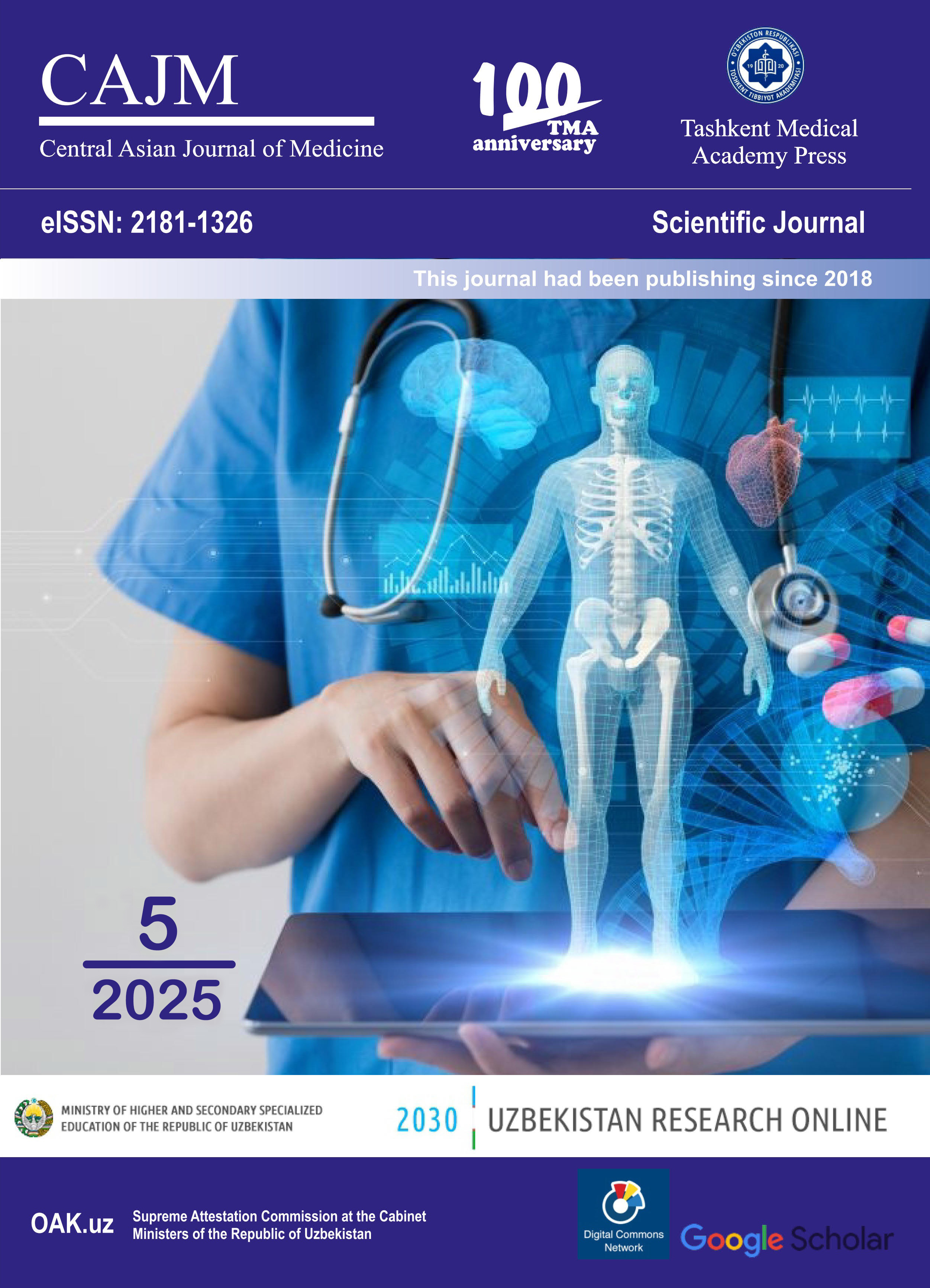ECG CHANGES IN ACUTE MYOCARDIAL (AMI)
Keywords:
Acute Myocardial Infarction (AMI), electrocardiogram (ECG), ST-segment Elevation,ST-segment Depression,pathological Q wave, twave Inversion, STEMI, NSTEMI, cardiac Ischemia, myocardial necrosis.Abstract
Acute myocardial infarction (AMI) is one of the most critical cardiovascular emergencies, primarily caused by sudden occlusion of coronary arteries, leading to ischemia and necrosis of heart muscle tissue. The electrocardiogram (ECG) is the most accessible, rapid, and reliable diagnostic tool used to detect and monitor AMI.
This article reviews the characteristic ECG changes seen in AMI, including ST-segment elevation, ST-segment depression, pathological Q wave formation, and T wave inversion. It distinguishes between ST-elevation myocardial infarction (STEMI) and non-ST-elevation myocardial infarction (NSTEMI), explaining their diagnostic criteria and ECG features.
References
Abdallah, M. A., & Singal, A. K. (2020). Liver transplantation in adults with Wilson’s disease for the neuropsychiatric phenotype: are we there yet?. Liver Transplantation, 26(4), 485-486. doi: 10.1002/lt.25727.
Alicic, R. Z., Rooney, M. T., & Tuttle, K. R. (2017). Diabetic kidney disease: challenges, progress, and possibilities. Clinical journal of the American Society of Nephrology, 12(12), 2032-2045. DOI: 10.2215/CJN.11491116.
Asa, K. (1981). Heterogeneity of bronchial asthma. Sub-populations--or different stages of the disease. Allergy, 36, 3-14. https://doi.org/10.1111/j.1398-9995.1981.tb01818.x
Bai, J., Zhao, J., Ni, H., & Yin, D. (2023). Diagnosis, monitoring, and treatment of heart rhythm: new insights and novel computational methods. Frontiers in Physiology, 14, 1272377. https://doi.org/10.3389/fphys.2023.1272377
Barnes, P. J. (1989). New concepts in the pathogenesis of bronchial hyperresponsiveness and asthma. Journal of allergy and clinical immunology, 83(6), 1013-1026. https://doi.org/10.1016 /0091-6749(89)90441-7
Bozkurt, B., Coats, A.J., Tsutsui, H., Abdelhamid, M., Adamopoulos, S., Albert, N., Anker, S.D., Atherton, J., Böhm, M., Butler, J., & Drazner, M.H. (2021). Universal definition and classification of heart failure: a report of the heart failure society of America, heart failure association of the European society of cardiology, Japanese heart failure society and writing committee of the universal definition of heart failure. Journal of Cardiac Failure, 27(4), 387-413. https://doi.org /10.1016/j.cardfail.2021.01.022
Braman, S. S. (2006). Chronic cough due to acute bronchitis: ACCP evidence-based clinical praKTice guidelines. Chest, 129(1), 95S-103S. https://doi.org/10.1378/chest.129.1_suppl.95S
Bull, P. C., Thomas, G. R., Rommens, J. M., Forbes, J. R., & Cox, D. W. (1993). The Wilson disease gene is a putative copper transporting P–type ATPase similar to the Menkes gene. Nature genetics, 5(4), 327-337. https://doi.org/10.1038/ng1293-327
Carilli, A. D., Gohd, R. S., & Gordon, W. (1964). A virologic study of chronic bronchitis. New England Journal of Medicine, 270(3), 123-127. DOI: 10.1056/NEJM196401162700303.
Chen, C., Shen, B., Xiao, J. J., Wu, R., Canning, S. J. D., & Wang, X. P. (2015). Currently clinical views on genetics of Wilson's disease. Chinese Medical Journal, 128(13), 1826-1830. doi: 10.4103/0366-6999.159361.

